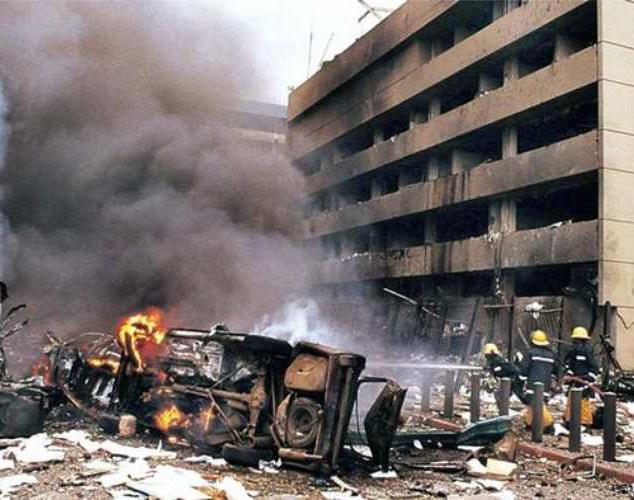
2 minute read
We are not adequately prepared for CBRN disaster
OPINION We are not adequately prepared for CBRN disaster
By Luke Kung’u
Advertisement
News just in: ‘Twin bomb blasts in Uganda.’ Authorities are at a loss to establish the motive of the bombing and unnecessary loss of life.’
This was just but one of the numerous headlines that graced major news stations across the continent on November 17, 2021, moments after explosions rocked part of Uganda’s capital, Kampala.
This has not just happened in Kampala alone, Kenya too has on many occasions played victim to such attacks, that have claimed hundreds of lives. The attack in Kampala, came at an unfortunate time when the country, just like other parts of the world, was reeling from the effects of the Covid 19 pandemic.
In Kenya, for instance, the 1998 bombing of the US Embassy served as a wake-up call to all of us to be wary of terrorism as a new and unprecedented disaster.
Kenyatta National Hospital Disaster Management Unit has been at the forefront in management of disasters. But there is much that needs to be done at individual level and among KNH staff and patients as well as the general populace residing at KNH.
KNH, the country’s apex of specialized health care, attracts traffic of not less than thirty thousand people. This calls for continued vigilance as well as awareness.
‘We have gaps in manpower with the requisite skills, lack proper facilities as well as equipment in responding to Chemical Biological Radiological and Nuclear (CBRN) disasters. KNH faces the challenge of decontamination booths, trial site, and adequate training and awareness creation,’ said Alternate Chair Disaster Management Committee Dr. Nicholus Okumu during the five-day training on CBRN disaster management in KNH.
All stakeholders need to be sensitized on the way forward in the management of disasters, right from the disaster site.
How do we analyze the type of disaster and how quick is the response? Typically, all people will tend to rush and help the affected while disregarding protocols, thus even the ones not in the original site end up in hospitals.
For CBRN, anyone who comes in contact with the victims also suffers the same fate. So even if we have the urge to help, there is need to be well equipped with the knowledge as well as response teams to coordinate such events. Detection and identification of contaminants are crucial in CBRN mitigation plans.
To this end, it is prudent that all who have been sensitized during the five-day workshop immediately impart the knowledge to others within the hospital, chart the way forward to create awareness, as well as help in equipping the facility in matters CBRN disaster management.
Main Photo| DW: A scene of bomb explosion










